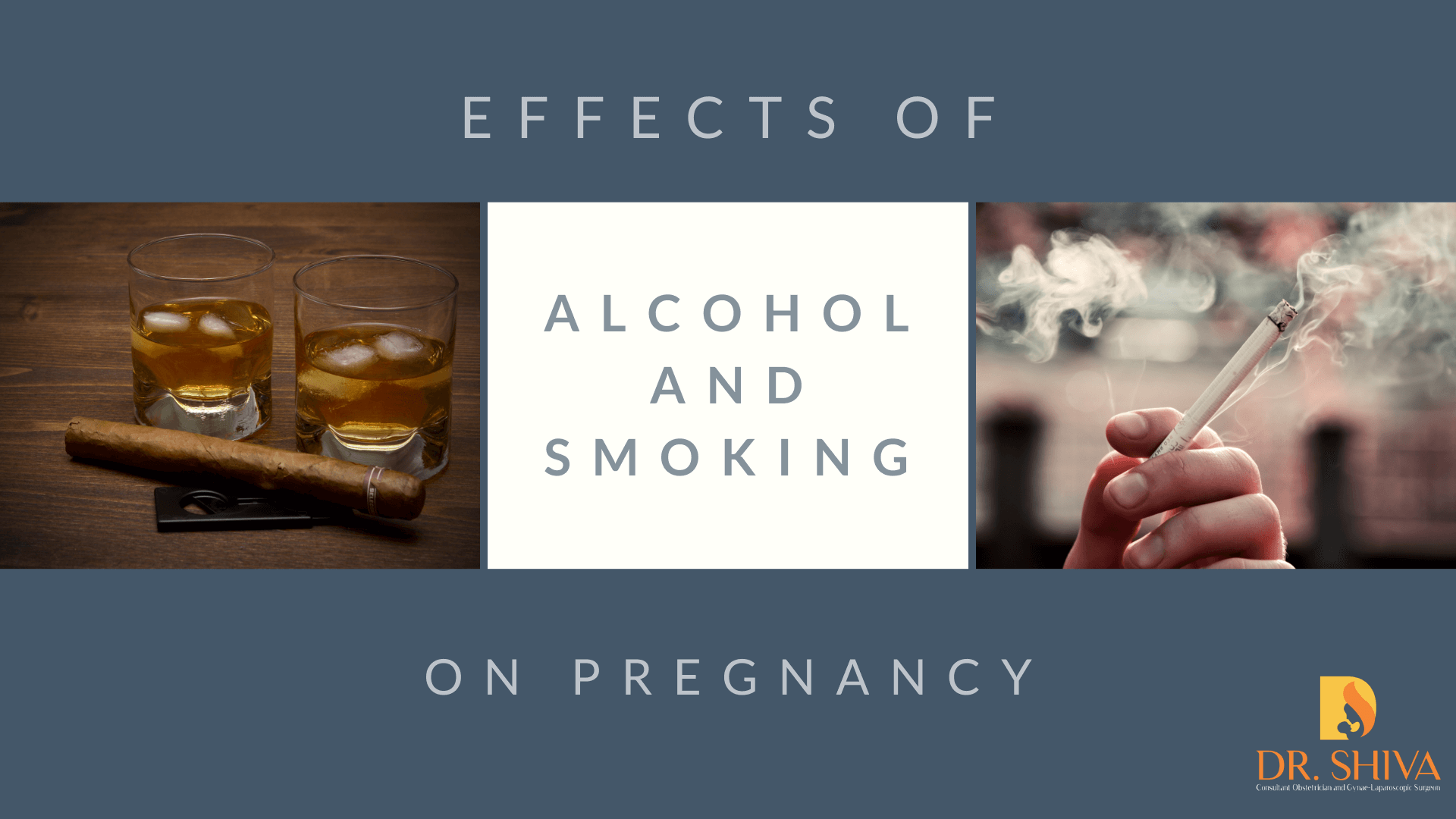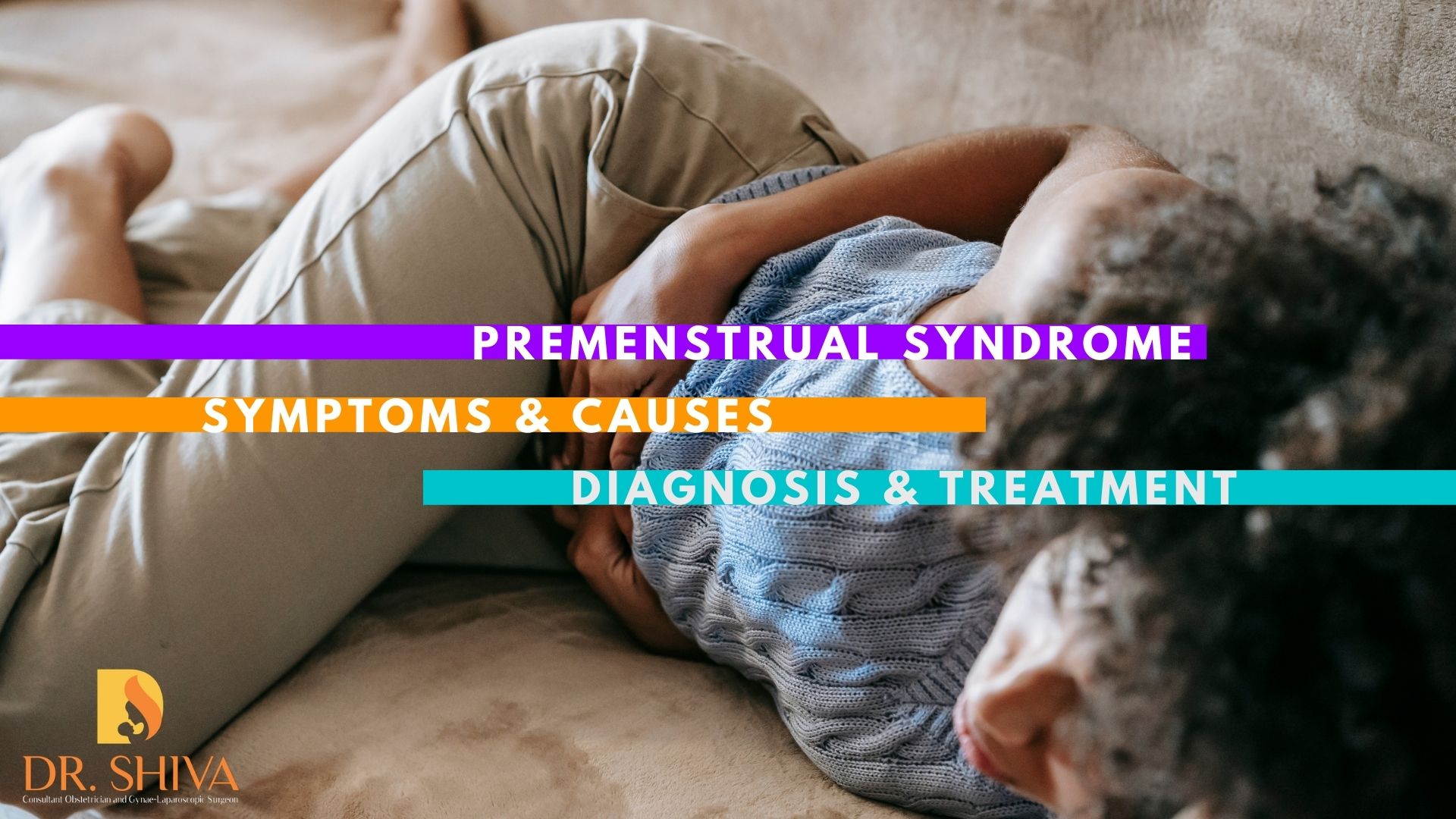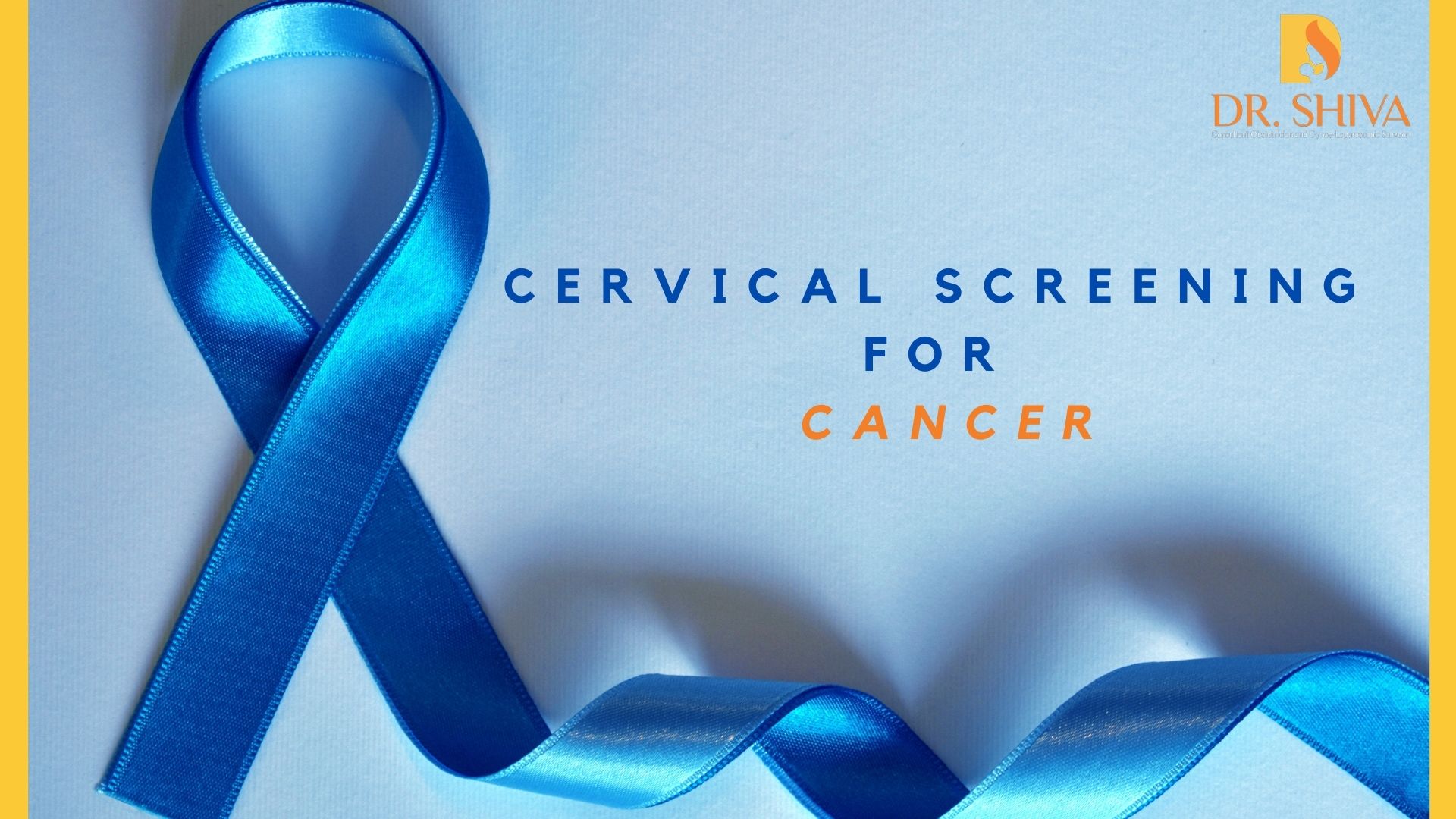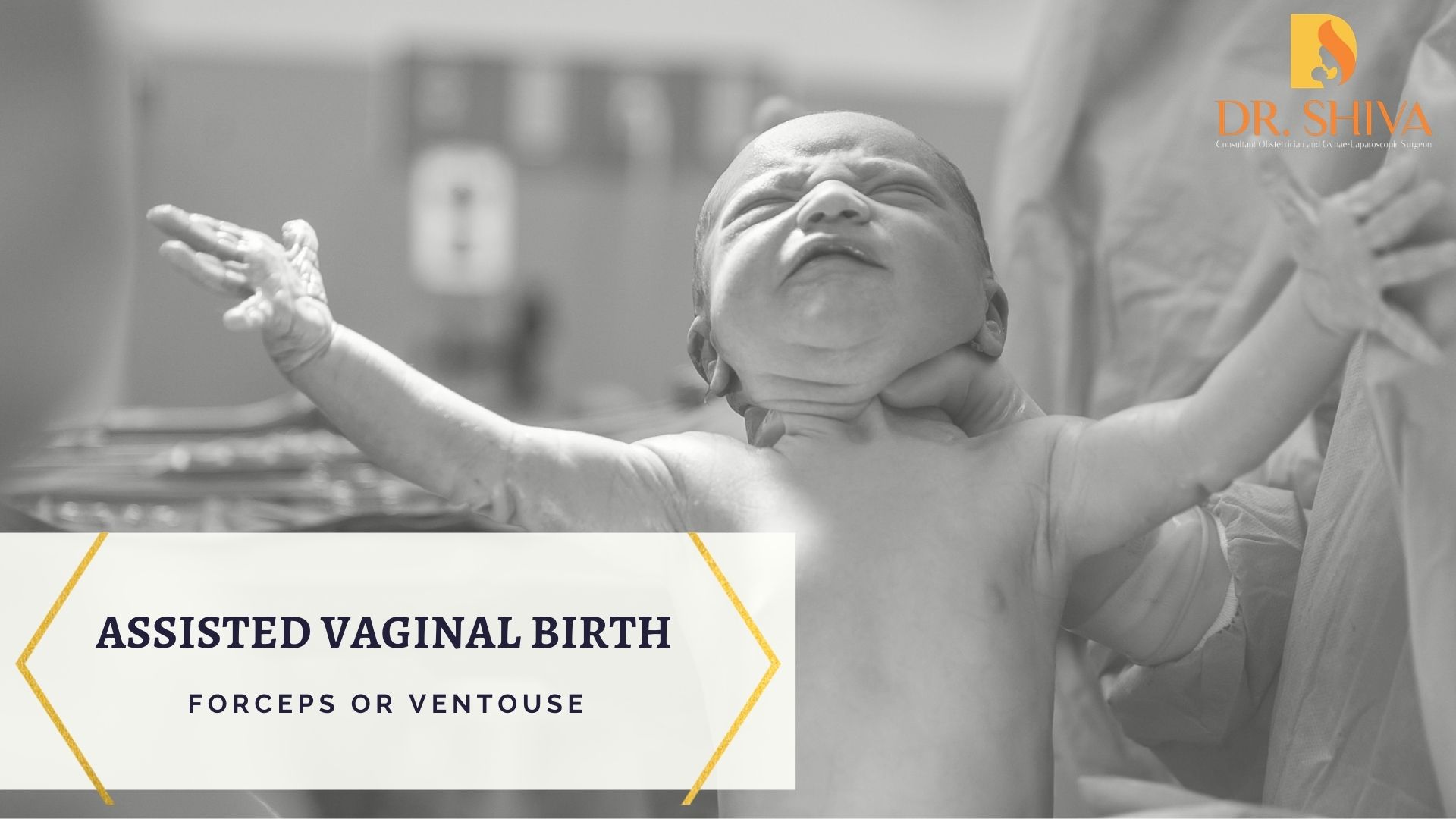
To have a healthy pregnancy woman must avoid alcohol, smoking or any form of drugs. This is also important for women who are trying to conceive as well as breastfeeding mothers. Even minor use of these can have short-term or long-term effects on the baby. Exposure to these increases the risk of SIDS (Sudden infant death syndrome). Whatever the mother eats, drinks or breathes during this period is passed on to the baby.
Effect of Alcohol on pregnancy
Drinking alcohol when pregnant can have a long term side effect on the baby. Alcohol passes through the blood stream to the baby. In the case of breastfeeding mothers, alcohol can pass through the breastmilk and affect the baby. Studies show that children of mothers who drink have decreased level of IQ and difficulty in paying attention along with being aggressive in some cases.
Drinking can result in premature birth, low birth weight, miscarriages and FAS – Fetal alcohol syndrome. FAS is a cause for growth problems, behavior problems, learning disabilities, facial deformities and even heart defects in babies. Children with this issue can have lifelong problems.
If you are trying to conceive alcohol reduces fertility and affects your ability to conceive. Hence if you are pregnant, breastfeeding or trying to conceive it is always best to avoid alcohol. There is no allowed minimum amount for alcohol.
Effect of Smoking on Pregnancy
Smoking too affects both your health and your baby’s. Second hand smoke too is harmful to mother and baby. Nicotine present can damage the fetus brain and lungs. It restricts the blood flow in the vessels and limits the blood flow to the placenta and affects the baby’s growth. It can also increase blood pressure in the mother. Babies may be born with birth defects most of which are lifelong like cerebral palsy. Other issues include asthma, baby being born with very low birth weight, obesity and preterm birth where babies are born early and are not fully developed. Smoking is also one of the reasons for ectopic pregnancy. E-cigarettes are equally dangerous.
Smoking and alcohol will affect the nutrient metabolism and decrease the absorption of micronutrients which are very important for the fetus. Usage of illegal drugs too at this stage can cause miscarriage, preterm birth or birth defects. The baby could also be born with drug addiction which is known as neonatal abstinence syndrome. Babies of mothers who are addicted to any of these will display withdrawal symptoms after birth. There is also an increased risk of placental abruption ie the placenta separating from the uterus.
If you are addicted to any of these make sure to consult your doctor who can help you out. It is best you do it before you start trying for a baby. For more details, kindly contact us.






Recent Comments